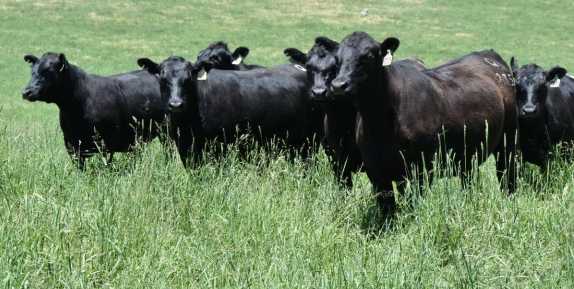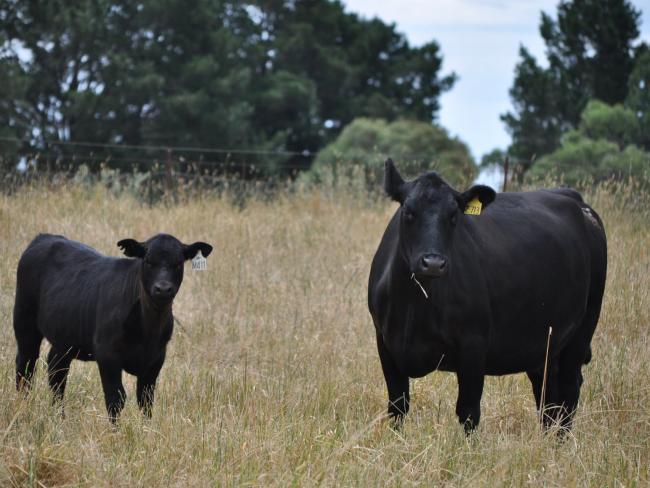Fluid Management in Millthorpes’s hill country
by DANIEL PEDERSON, The Land, Nov 20, 2020
AT ANY given time there’s a lot going at Valdemar, a 1200-hectare spread of hill country just outside Millthorpe.
“The experts tell you to keep your farming system simple, but cashflow is king, you have to keep money coming in all year round,” says Duncan Clowes, pausing for a coffee and a scone on a Sunday morning.
At the moment he’s just finished artificially inseminating (AI) 500 Te Mania blood Angus cows, he’s got 2000 lambs to mark and he’s baling silage off farm to justify owning a new Krone 6’x3’x4′ baler with a chopper that will slice the silage into five or 10-centimetre lengths.
“Chopping at the baling stage means cutting down on time in the feed mixer,” he says.
Until May this year Mr Clowes was feeding his heifers on a ration consisting of two bales of straw, two bales of silage, 200 litres of Molafos and 600 kilograms of DCS pellets from Manildra, some urea and water.
Cashflow really is king.
– Duncan Clowes, Valdemar, outside of Millthorpe
The mixer arrived on Valdemar during the drought and for a while Mr Clowes considered shifting to a full-time feedlot situation to maintain consistency and a steady growth rate in his cattle.
“The new generation operates on computers, my computer is in my head,” he said.
Trying to hone his operation, Mr Clowes AIs his cattle, then puts back-up Te Mania bulls in from about mid-October/November and taking them out early January.
“We pregnancy scan about a month after the bulls are taken out, age the foetuses and split them into lots of similar calving times, it just makes it easier to manage.”
He aims to wean in cool weather, avoiding hot and dusty spells in the yards when pink eye can take hold.
“You’ll be looking at calving from late July until mid September. You’re always juggling, and there’s always trade-offs,” he said.
“The phone’s running hot,” he says, as he scalds himself gulping coffee,
“I’m trying to keep it to just enough contracting work locally that I can justify (to himself) having the gear.
“We’re starting hay now.”
Everyone is cutting hay around Millthorpe at the moment.
After shearing 2000 16.5 micron ewes in early June, Mr Clowes has 100 bales of wool stored with brokers as a nest egg.

He maintains a split shearing program.
“The bales are there, and they aren’t eating anything,” he said.
The drought has helped Mr Clowes fine tune his operation, where decisions are often made on the fly.
His cattle and sheep were maintained to preferred weight specifications throughout the drought and it cost a bucket.
The end products didn’t change, but the cost of inputs shot through the roof.
“We sent the sheep to eight to 12 hectare sacrifice paddocks early on,” he said.
They were put on pellets via lick feeders for the duration of the drought.
“It rained in February and we let the rubbish come up, let the sheep knock it down and then drilled oats and canola into the sacrifice paddocks,” he said.
“You have to be ready to go.”
He had fertiliser and seed in the shed and had been watching the sky, praying for a break.
But he had to carry the cost of his inputs, regardless of whether it rained or not.
“Things have to be growing in February here, otherwise it gets too cold,” he said.
Mr Clowes stressed the importance of always having a plan in place and grimaces when relaying stories of people shooting cattle in the paddock.
“Sell them early,” he said.
“We sold preg-tested heifers in May, they made close to $3000 each, about $500 more than the going rate because of their quality and genetics, but it costs a lot to maintain condition.”
He said a steady growth rate was critical to attract premium prices and steady growth, without interruptions, means marbling is more consistent.
“We need to be paid on performance,” he said, “because land around here is so expensive.”
The high country land is also tightly held, a 100ha parcel for sale in the area has the attention of existing nearby landholders at the moment.
While Mr Clowes made it through the drought financially bruised, the good season upon the region now meant his business model has remained stable and he’s ready to capitalise on better times.
But he always maintains a back-up plan and figures it is possible he may use cattle backgrounders to keep his herd stable in the future.
He mentions properties near Young and Mandurama that specialise in keeping cattle in condition as they grow out to feedlot specifications.
If conditions change it’s an option he’s entertaining.
There’s also the possibility of marketing meat grown on Valdemar directly to consumers.
It would involve establishing a kill and butchery room in a container on the property, cutting down on food miles and being able to tell the story of the meat to consumers.
There’s even a name ‘Conbul Hill Meats’, named after the highest point on Valdemar.
Pictured below. Mr Clowes artificially inseminates his Te Mania blood breeding herd, then puts back-up Te Mania bulls in from October to January.

- Team Te Mania member since 2009
Previous articles on Duncan below
Cattle production: Duncan Clowes spends time, money improving Angus herd
By NICOLA BELL, The Weekly Times, February 22, 2017
 Photos by Nicola Bell, The Weekly Times. Feb 22, 2017
Photos by Nicola Bell, The Weekly Times. Feb 22, 2017
- Breedplan recorded, Angus Commercial Register
- Calving Period – Spring
 Photo by Richard Fox, The Land (2013)
Photo by Richard Fox, The Land (2013)




